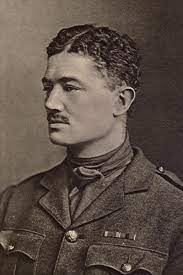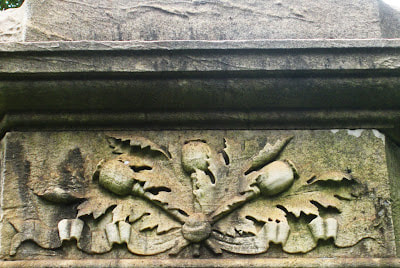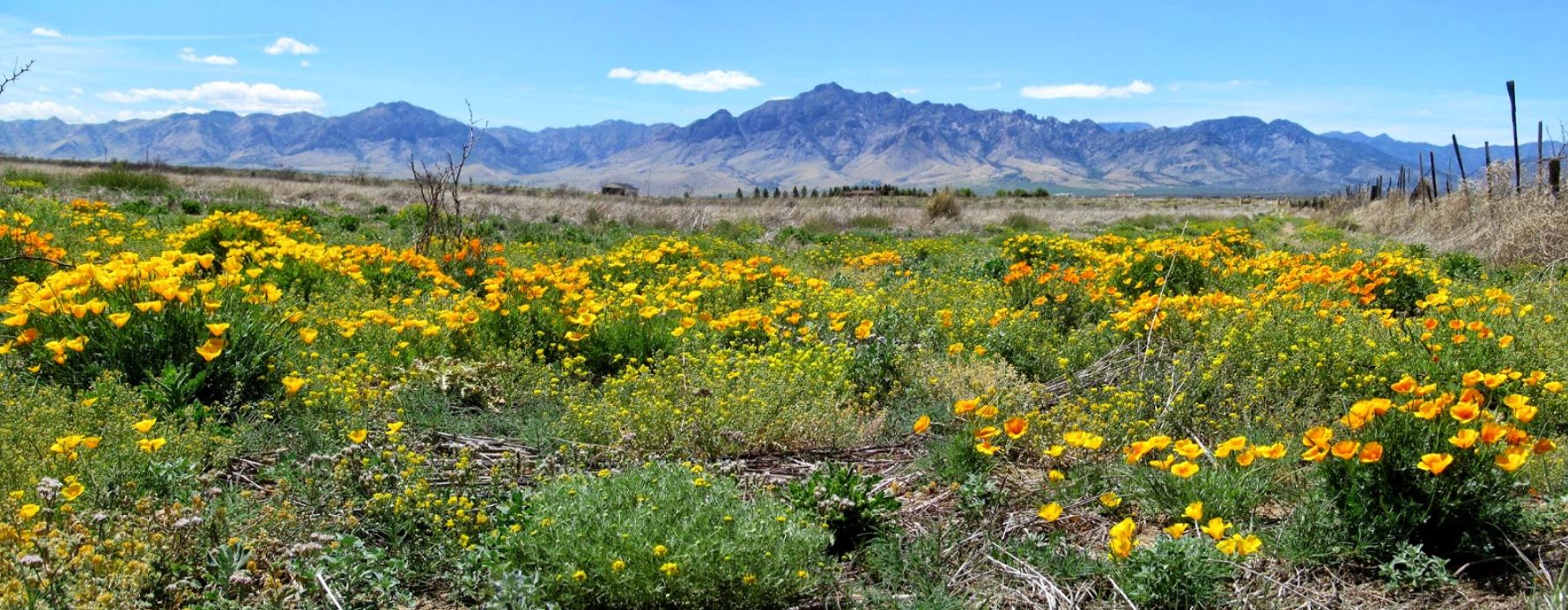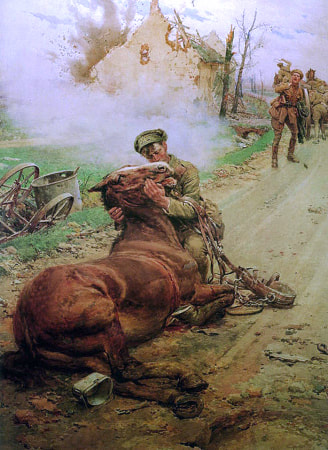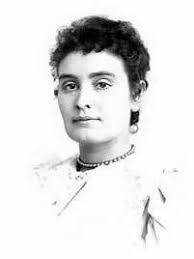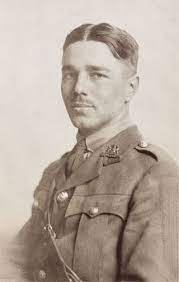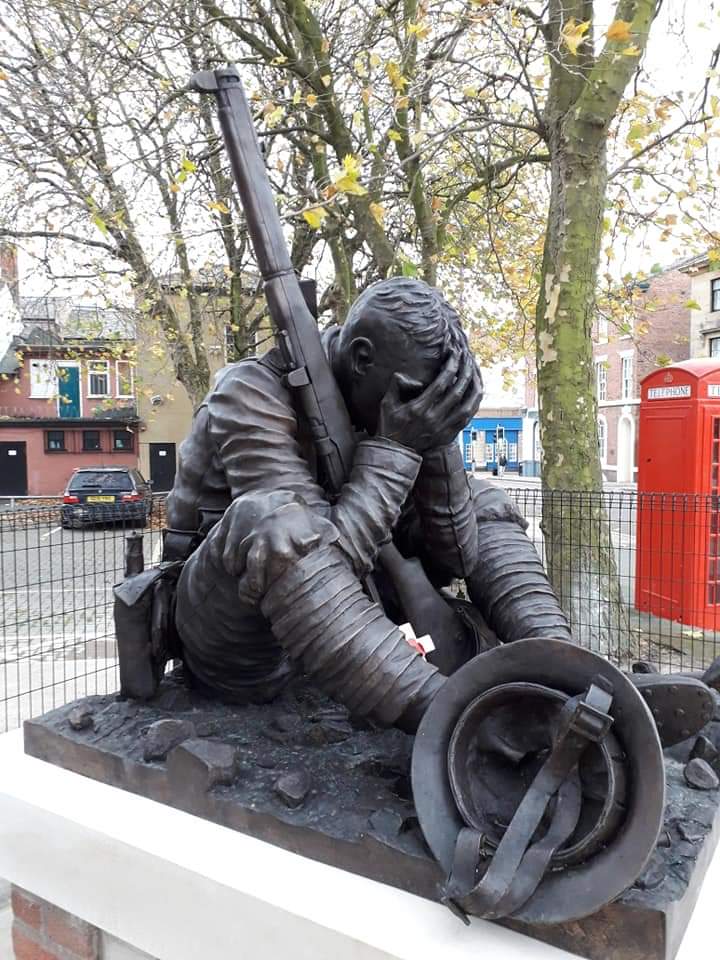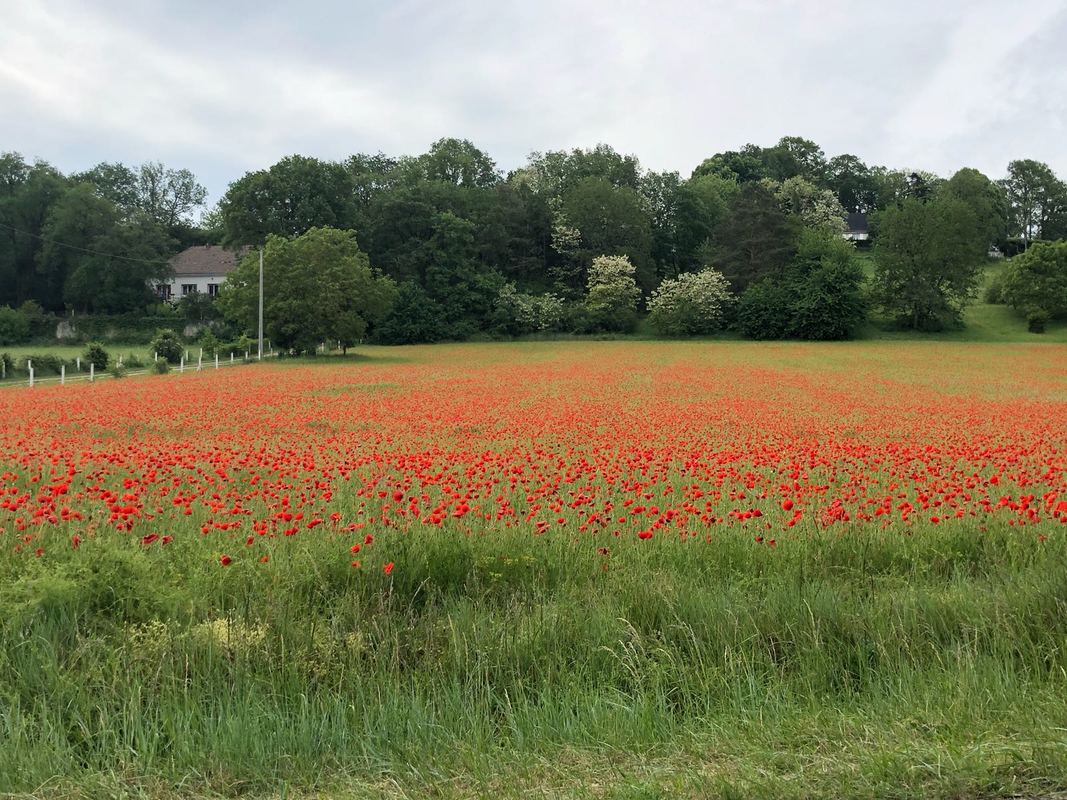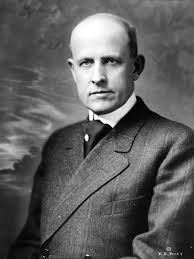The museum itself if located below the monument, and it is filled with wonderful, interactive exhibits and enough information and artifacts to make your head spin. When I went to this museum, way back in May 2015, I had no plans to write a novel about World War I. I can’t say that this visit is the sole reason I wrote Blaze of Poppies, but it certainly contributed to it. There were so many things to think about. Here are three that didn’t make it into the book, but I find very interesting.

Compare it to the shoulder of the uniform on the left edge of this picture, and you realize how large it is.
In August of 1914, an elite French strike force penetrated the border on the southern flank of the engagement and captured many of these.
It’s so much more beautiful than the signs I see along the highway marking borders these days.
Kind of gives new meaning to the phrase "When pigs fly."

When I was a kid and lived in Hawaii, we did pretty much the same thing with coconuts. We used a marker to write the address on the husks, stapled stamps to it, and off it went!
People were always delighted to get a coconut in the mail. I'm willing to guess whoever got this helmet got a chuckle out of how it was sent.





